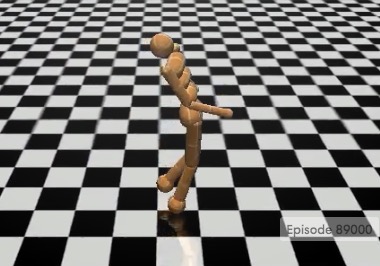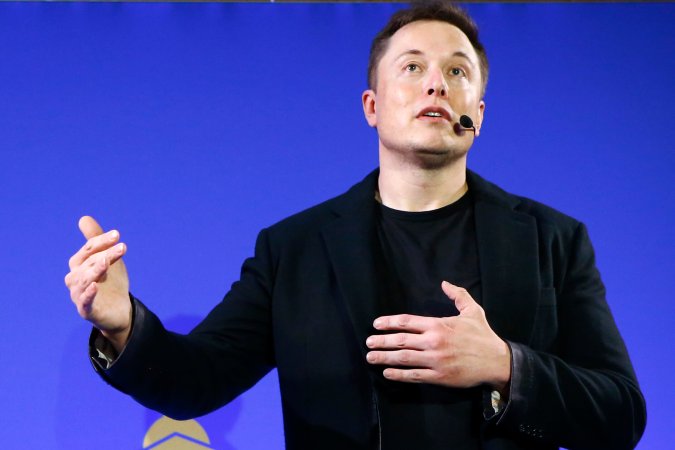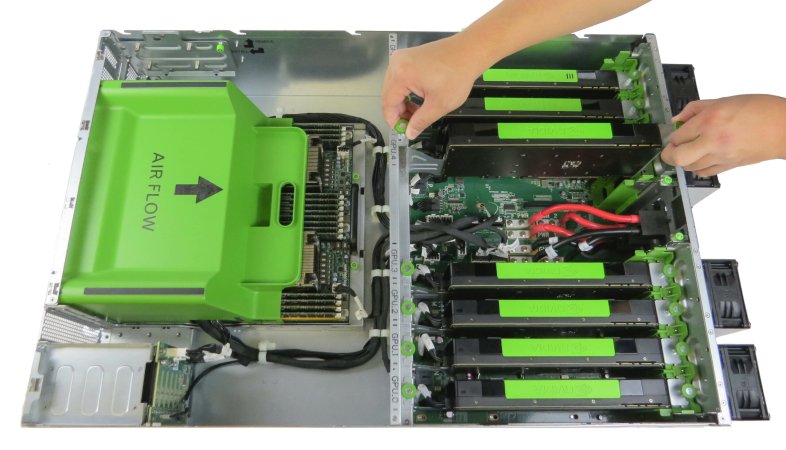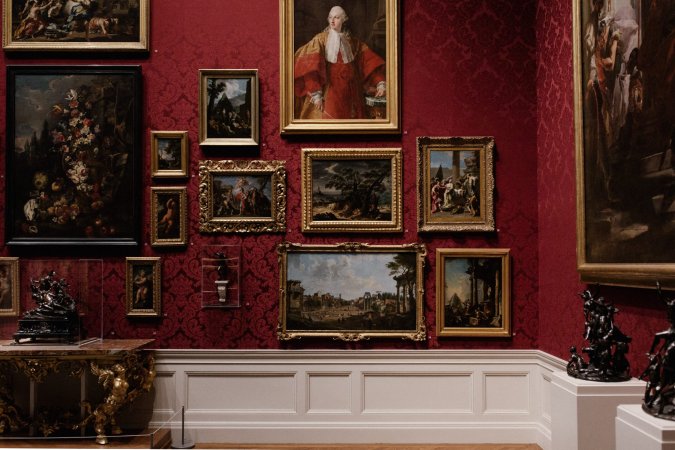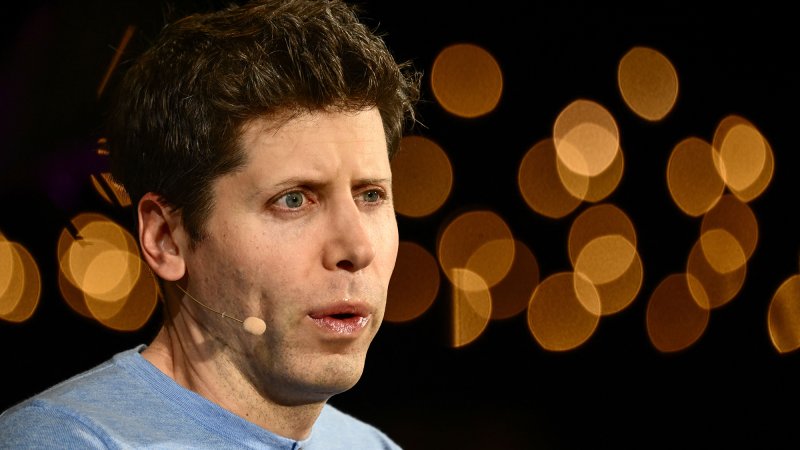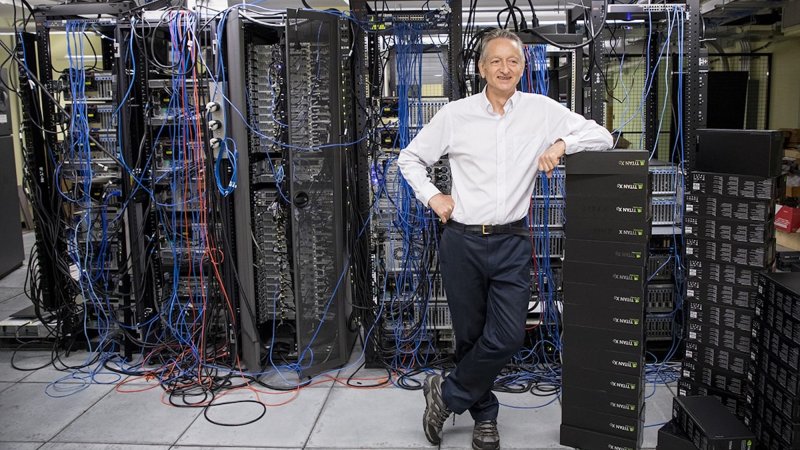


Since announced in December 2015, Elon Musk and Sam Altman’s OpenAI has recruited some of the foremost names in modern artificial intelligence research. Its poached top talent from giants in the field—research director Ilya Sutskever cut his teeth at Google Brain after studying with A.I. veterans Geoff Hinton and Andrew Ng.
In their latest round of hires, the company is starting to diversify its staff. OpenAI’s newest recruits come from Google Brain (where they have previously tapped), but also from startups and a trading firm. While the team is still heavily positioned to research deep learning, the most popular form of modern A.I. based on layers of neural networks, the new blood shows that the company is also thinking about the application of this technology. They have also added Jack Clark, previously an A.I. reporter at Bloomberg, to the team as director of strategy and communications.
The new hires are:
Dario Amodei, from Google Brain
Scott Gray, from Nervana Systems
Zain Shah, from Clara Labs
Filip Wolski, from Teza
Jack Clark, from Bloomberg
Each of the new team members seems to add a different tint to OpenAI’s palette. Gray, from recently-acquired Nervana Systems, worked to optimize deep learning algorithms on GPUs. While new techniques are often developed in deep learning, the ability to make them efficient often relies on a deep knowledge of hardware. For this reason, Google has been building their own Tensor Processing Units, or TPUs. (Most research still relies on GPUs, though.)
In addition to work in speech recognition, Amodei was also a co-author of “Concrete Problems in AI Safety”, a paper that tried to identify potential dangers associated with advanced artificial intelligence. As ethical research is the cornerstone of OpenAI’s strategy, the hire gives credence to the organization’s stated goals.
